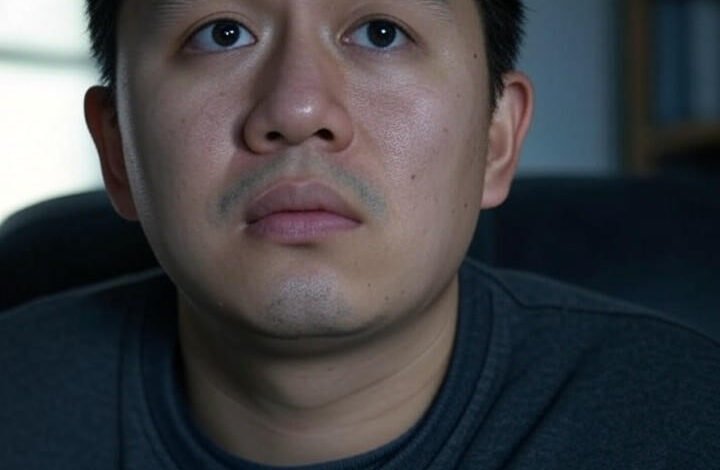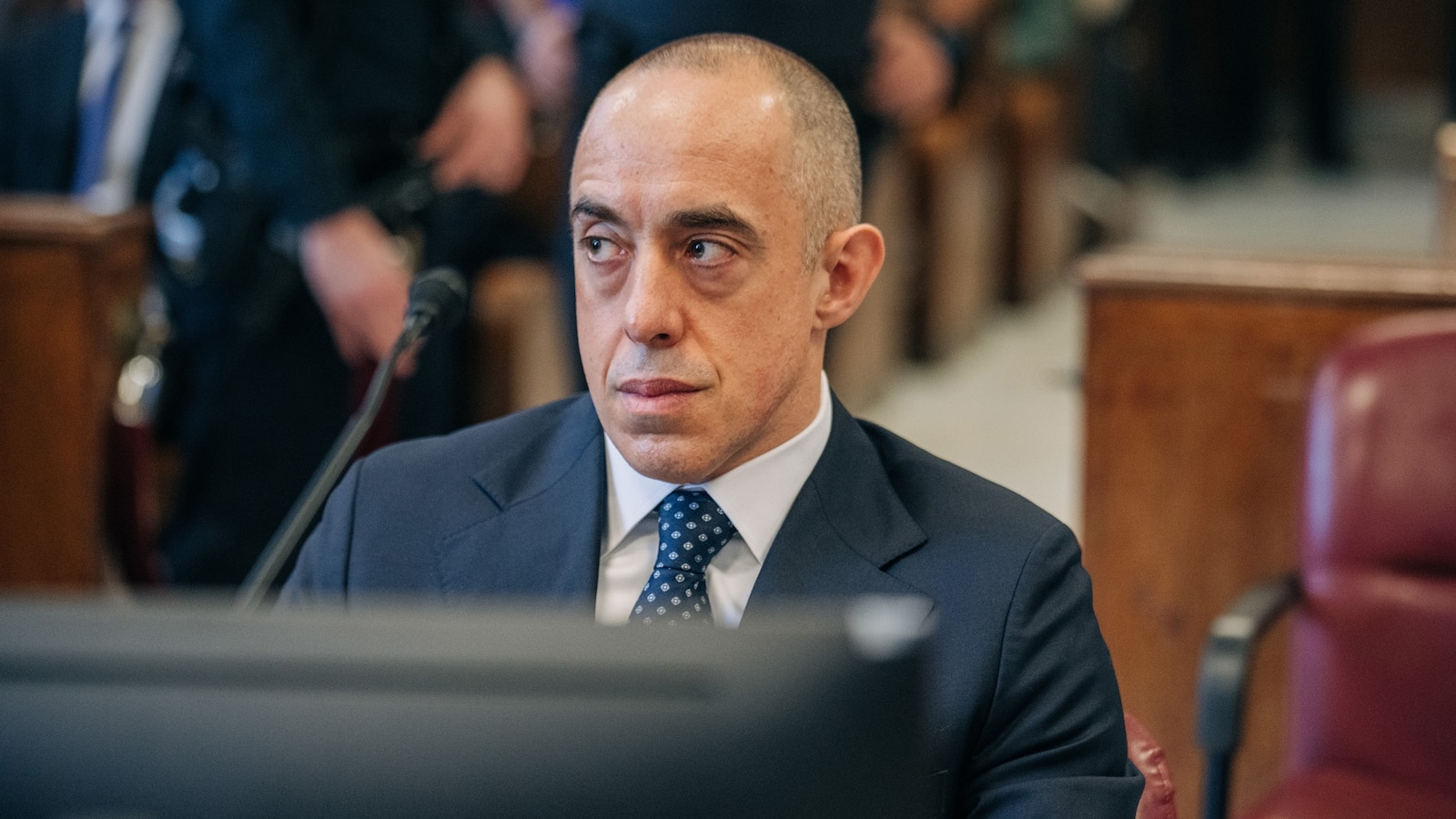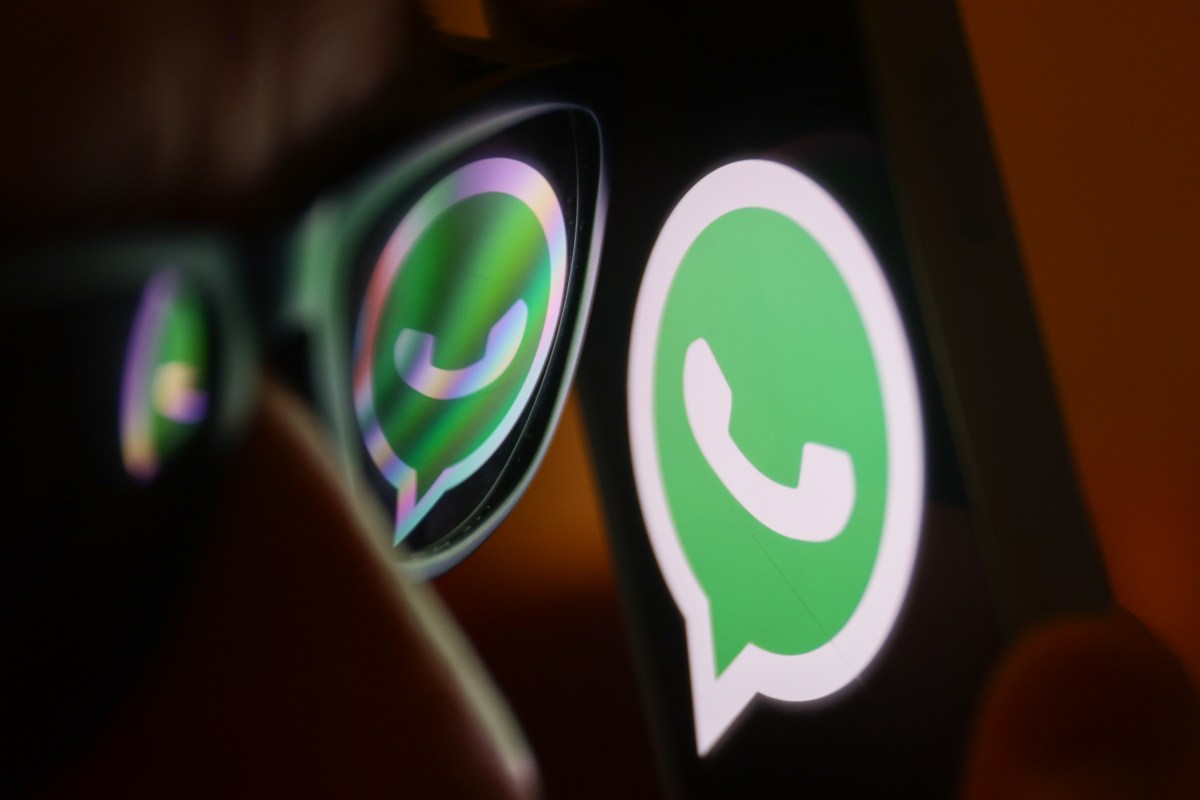YouTube’s AI Age Verification Sparks Outrage Among 50,000 Creators

UPDATE: YouTube’s newly launched AI age verification system has ignited a fierce backlash among creators, with over 50,000 signatures on a petition condemning what they call intrusive “AI spying.” The platform, owned by Alphabet Inc., implemented this controversial system on August 13, 2025, aiming to identify users under 18 by analyzing their viewing habits.
The backlash centers on YouTube’s requirement for flagged users to verify their age through methods that include uploading government IDs, credit cards, or selfies analyzed by facial recognition technology. Critics argue this could expose personal identities at a time when data breaches are rampant. One creator expressed frustration, noting that innocent behaviors, like binge-watching animated shows, could lead to misclassification as a minor.
The timing of this rollout is critical, as concerns about data vulnerability are escalating. Findings in the 2025 Identity Exposure Report from SpyCloud reveal a shocking 22% surge in stolen identity records last year, raising alarms about potential cyberattacks. Platforms like YouTube, which collect sensitive data, risk becoming prime targets for hackers, creating what experts call a “treasure trove” of exploitable information.
Social media is buzzing with outrage. Posts on X (formerly Twitter) describe the age verification system as a “digital ID dragnet” threatening online anonymity. Users are questioning the accuracy of the AI and expressing fears over YouTube’s data handling practices. In response, some creators are diversifying their content to other platforms with looser policies or taking steps to anonymize their content.
A WebProNews analysis highlights the petition’s rapid growth, emphasizing demands for transparency regarding AI algorithms and options for users to opt out. This movement underscores a creator community increasingly wary of regulatory overreach linked to child safety laws.
This initiative by YouTube comes amid rising regulatory pressures, particularly in the U.S., to enhance protections for children online. A Bloomberg article from July 2025 indicates that companies are facing mounting demands to comply with child safety regulations. However, privacy experts warn that such measures could inadvertently discourage adult users or stifle creative expression.
Looking forward, the implications extend beyond YouTube. The controversy surrounding this AI age verification could set precedents for similar checks across digital platforms, including services like Spotify. As one expert cited in Ars Technica remarked, the balance between safety and privacy is precarious, challenging tech giants to innovate without alienating their core user base.
Ultimately, YouTube’s AI age verification represents a double-edged sword: a compliance tool fraught with risks of identity exposure. As stolen data proliferates on the darknet, creators are advocating for stronger protections, such as data deletion policies. This ongoing standoff may redefine how digital platforms incorporate AI, emphasizing the need for user trust in an increasingly monitored online environment.
With the landscape of online privacy evolving rapidly, the response from both creators and users will shape the future of digital content creation and consumption. Stay tuned for further updates on this developing story.






